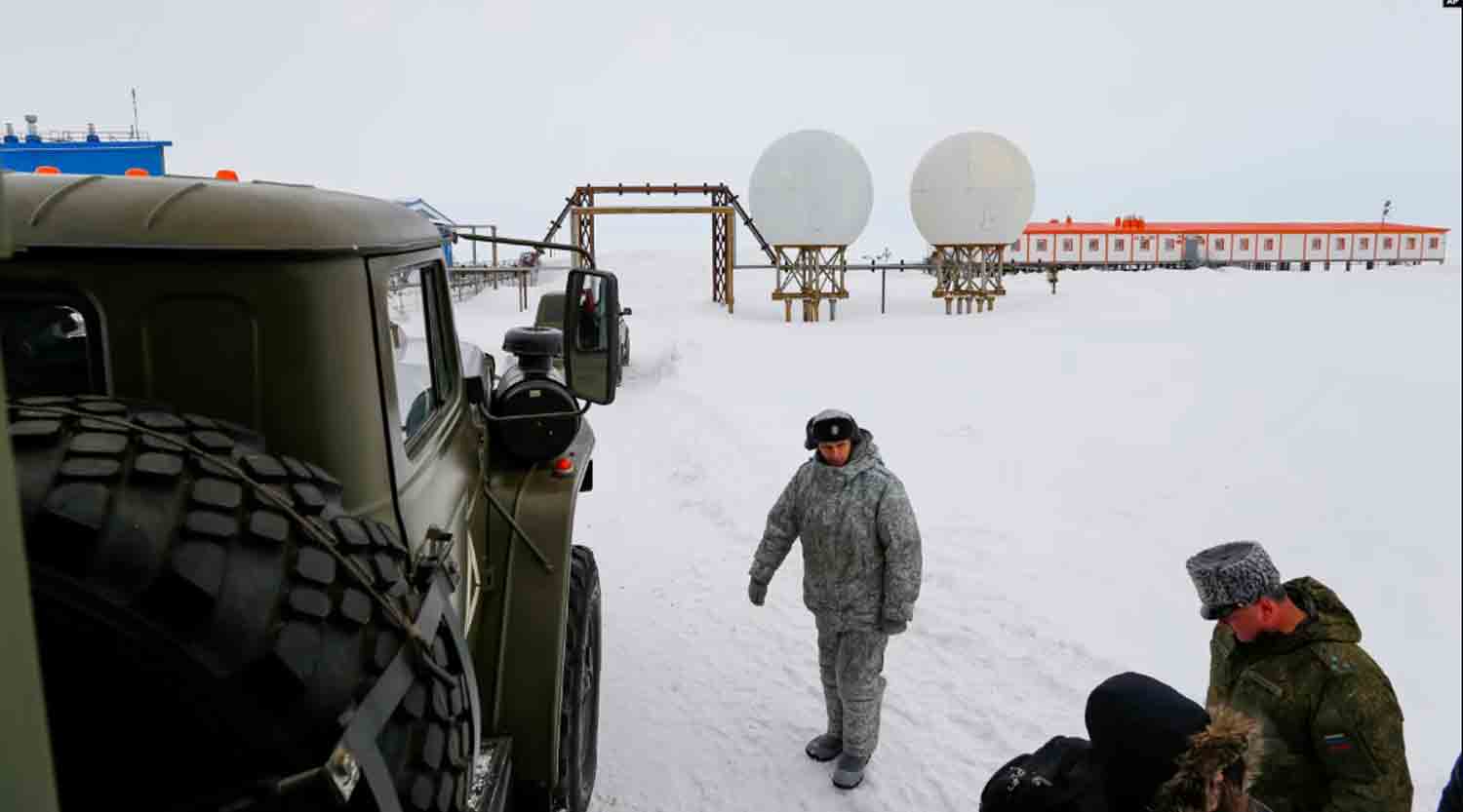The U.S. military has relocated its Typhon launchers, capable of firing multipurpose missiles over thousands of kilometers, from Laoag airfield in the Philippines to a different site on Luzon Island, according to a senior source within the Philippine government.
These launchers are equipped with Tomahawk cruise missiles, which can target locations in both China and Russia from the Philippines, while the SM-6 missiles they carry can engage air or maritime targets at distances exceeding 200 kilometers (165 miles).
The senior government official indicated that this redeployment would assist in assessing the speed and logistics of moving the missile battery to a new launch position. This enhanced mobility is viewed as a strategy to increase their survivability in the event of a conflict. Satellite imagery has revealed that the batteries and their equipment were recently loaded onto C-17 transport aircraft at Laoag International Airport, as noted by Jeffrey Lewis from the Middlebury Institute of International Studies. The images, which were reviewed by Reuters and had not been previously reported, also showed the removal of the white rain canopies that had covered the Typhon systems.
The Typhon system is part of a broader U.S. initiative to enhance its array of anti-ship capabilities in Asia. Indo-Pacific Command (INDOPACOM), responsible for U.S. military operations in the region, confirmed to Reuters that the Typhons have been “relocated within the Philippines.” However, both INDOPACOM and the Philippine government refrained from disclosing the specific new location of the batteries. Commander Matthew Comer of INDOPACOM stated that the U.S. government has worked closely with the Philippine government on all aspects of the Mid Range Capability (MRC) deployment, including the site selection.
He noted that the relocation should not be interpreted as a sign that the batteries would remain in the Philippines indefinitely. The weapon faced significant backlash from China upon its initial deployment in April 2024 during a training exercise. In September, when the United States announced it had no immediate intentions to withdraw the Typhons from the Philippines, both China and Russia criticized the deployment, claiming it contributed to an escalating arms race.
Typhons are relatively straightforward to manufacture, utilizing extensive stockpiles and designs that have existed for over a decade, which could enable the United States and its allies to rapidly close the gap in the Indo-Pacific missile competition, where China currently holds a substantial advantage. While the U.S. military has refrained from disclosing the exact number of missiles to be deployed in the Indo-Pacific, government documents related to military acquisitions indicate plans to procure over 800 SM-6 missiles within the next five years. Additionally, several thousand Tomahawk missiles are already part of U.S. inventories, as revealed in the documents. Both missile types are produced by Raytheon.
Discover more from Defence Talks | Defense News Hub, Military Updates, Security Insights
Subscribe to get the latest posts sent to your email.





